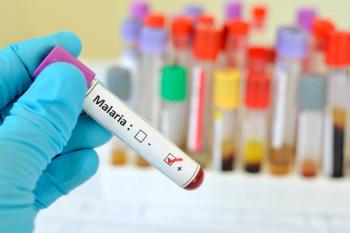
Generic AEDs? Brand Name AEDs? Let's Talk
Despite strict bioequivalence standards for generic drugs, concerns have persisted that generic antiepileptic drugs can cause problems for some patients.
Despite strict bioequivalence standards for generic drugs, concerns have persisted that generic antiepileptic drugs can cause problems for some patients.
Pharmacists fill two-thirds of all prescriptions dispensed in the United States with generic drugs. The cost savings are significant; after all, the remaining one-third of prescriptions filled with brand name products accounts for 80% of all spending on drugs.
Over the years, however, experts, patients, and media representatives have raised concerns over generic substitution for antiepileptic drugs (AEDs). They have reported or postulated that increased toxicity, breakthrough seizures, and increased total health care costs may result. As a result, the American Academy of Neurology and many medical associations and patient organizations have position statements opposing generic AED substitution without prescriber approval.
Given the strict bioequivalence standards mandated in the United States, generic substitution should not be a serious issue. Nonetheless, a recent systematic
The authors note that substitution of generic AEDs is a complex issue and that the available literature can lead to conflicting conclusions:
- Retrospective studies suggest a possible relationship between substitution of generic AEDs and increased utilization of medical services or higher switchback rates.
- Most small prospective studies reviewed failed to show significant differences in clinical outcomes.
- Brand to generic AED substitution is generally not problematic, but some patients become more susceptible to complications, increasing health care costs.
The authors recommend that clinicians remain vigilant for breakthrough seizures, adverse events, changes in AED serum concentrations, and general consistency in patients' prescriptions.
Ms. Wick is a visiting professor at the University of Connecticut School of Pharmacy and a freelance writer from Virginia.
Newsletter
Stay informed on drug updates, treatment guidelines, and pharmacy practice trends—subscribe to Pharmacy Times for weekly clinical insights.













































































































































































































